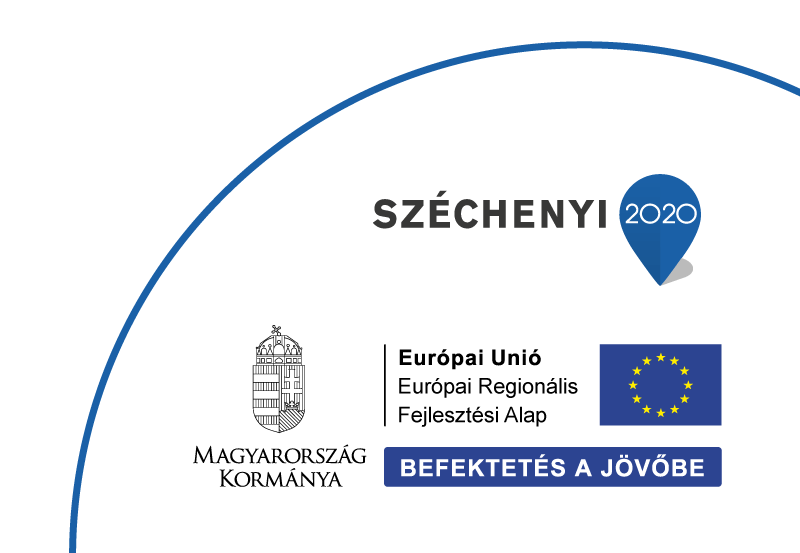|
|
Témavezető | |
| E-mail cím |
|
|
| Kutatási terület | Other | |
| Kutatásban résztvevők | ||
| Együttműködések |
|
|
| Publikációk |
MTA Atomki develops and operates infrasound monitoring systems and investigates the infrasound background at sites of current and future interferometric gravitational-wave detectors. Further aim of this research is to investigate the mechanisms and the level of coupling of infrasound noise to the instruments.
The first-ever direct observation of a gravitational-wave was made by the Laser Interferometer Gravitational-Wave Observatory (LIGO) on 14 September 2015. This detection event was followed by two others in 2015 and 2017.
The interferometric gravitational-wave detectors enable studying phenomena that cannot be done with other tools.
Environmental noises influence the sensitivity of the detectors. Beside seismic vibrations and electromagnetic disturbances, even the changes of air pressure around the instruments contribute to the environmental noise background of the interferometers. Air pressure waves with frequency below 20 Hz (infrasound) can vibrate the parts of the interferometers that are not protected by vacuum.
MTA Atomki develops infrasound monitoring systems (ISMS), monitors infrasound at the sites of current and future gravitational-wave detectors, analyzes the measurement data.
A new ISMS developed by MTA Atomki includes a capacitor microphone equipped with industrially manufactured sensor. The microphone’s hardware eliminates thermal effects and hence it can measure infrasound with outstanding precision, even below 1 Hz. Its small size, light weight and low power consumption makes it suitable for widespread use.
Ground-based gravitational-wave detectors will never be able to detect certain types of gravitational waves. The environmental noise can be reduced significantly via building underground detectors. Because of this, eight European institutes has aimed at building the Einstein Telescope in the next decade. Before starting the construction, the environmental noise background has to be investigated at the candidate sites.
One potential site is in an ore mine in Mátra Mountain Range in Hungary. There an underground laboratory has been built and is funded by MTA Wigner Research Centre for Physics. Among other devices installed by MTA Wigner RCP and University of Warsaw, an ISMS of MTA Atomki is monitoring the noise level at 100 meters below the ground.
 Magyar
Magyar
